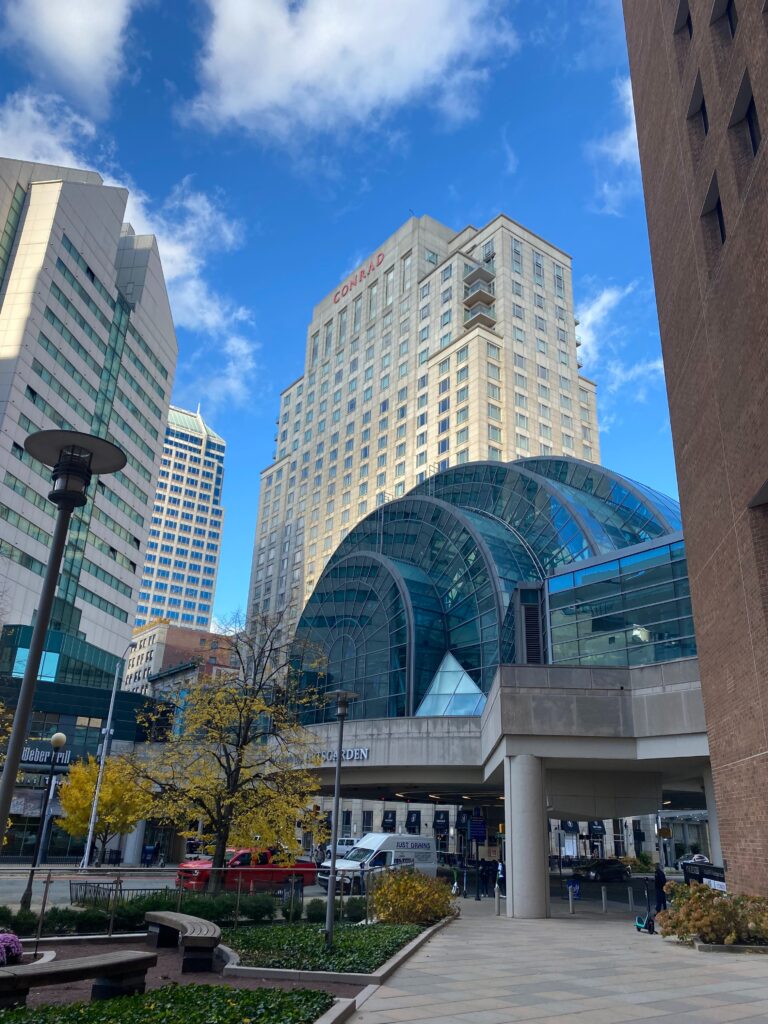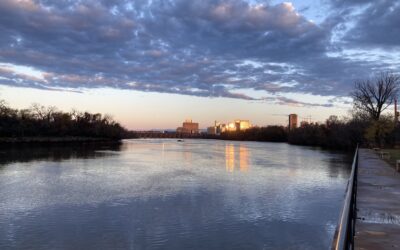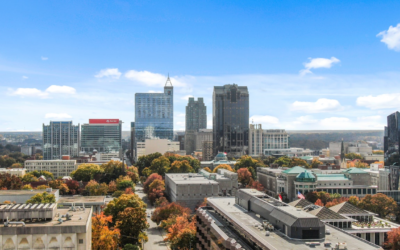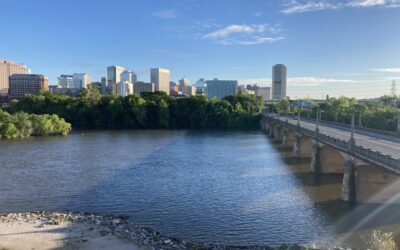Indiana Moving Guide

Thinking of moving to Indiana? While it frequently gets passed over in favor of its larger neighbors, there’s a lot going on in Indiana. Here are a few things to know as you decide whether Indiana is a good fit for you.
What should I know about moving to Indiana?
1. Cost of Living: The cost of living in Indiana is lower than the national average, making it an attractive place to live. Housing is affordable, and areas like Indianapolis and Fort Wayne offer job opportunities.
2. Climate: Indiana has a humid continental climate with hot summers and cool winters. Be prepared for some snowfall in the winter.
3. Culture: Indiana is known for its basketball and auto racing, with Indianapolis being home to the Indy 500. There is also a thriving music scene, particularly in Indianapolis and Bloomington.
4. Education: Indiana has many excellent schools, including Indiana University and Purdue University. The state also has a strong K-12 education system.
5. Outdoor Activities: Indiana has many recreational opportunities, including state parks, hiking trails, and lakes. Brown County State Park, Turkey Run State Park, and Delphi Historic Trails are a few popular destinations.
6. Roadways: Be aware of the toll roads, particularly the Indiana Toll Road, which is an important east-west transportation link across Indiana.
Overall, Indiana is a welcoming state with lots to offer. It is a great place to live for those seeking an affordable cost of living, a friendly culture, and outdoor activities.
Why are people moving to Indiana??
There are several reasons why people are moving to Indiana:
1. Cost of Living: Indiana has a low cost of living compared to other states, which makes it an attractive option for those looking for affordability.
2. Job Opportunities: Indiana has a robust economy with a diverse mix of industries, including healthcare, manufacturing, and technology. This has led to an abundance of job opportunities for those looking to relocate.
3. Quality of Life: Indiana offers a high quality of life with access to excellent healthcare facilities, top-rated schools, and a variety of recreational activities.
4. Housing Affordability: Indiana offers affordable housing options, which makes it an attractive option for those looking to purchase or rent a home.
5. Location: Indiana is a centrally located state with easy access to major cities, such as Chicago and Indianapolis, making it a convenient option for those who need to travel frequently.
How many people are moving to Indiana each year?
According to the United States Census Bureau, Indiana’s population has been steadily increasing over the past several years. In 2019, the estimated population of Indiana was around 6.7 million residents. Additionally, Indiana’s population continues to grow by roughly 0.4% each year, which equates to approximately 26,000 new residents annually.
What cities in Indiana are seeing the most people moving to them?
According to recent data, some Indiana cities that are seeing the most people moving to them include:
1. Indianapolis: Indianapolis is the capital and largest city of Indiana. It has a thriving job market, with major employers including Eli Lilly and Company, Rolls-Royce, and Salesforce. It is also known for its sports teams, museums, and cultural attractions.
2. Carmel: Carmel is a suburban city located just north of Indianapolis. It has been recognized as one of the best places to live in the U.S. due to its high quality of life, low crime rate, and excellent public schools.
3. Fishers: Another suburban city located just north of Indianapolis, Fishers is known for its family-friendly atmosphere and strong community spirit. It has a growing job market with major employers including Roche Diagnostics and Navient.
4. Westfield: Westfield is a small city located just west of Carmel. It has a low cost of living and excellent public schools, making it an attractive option for families.
5. Fort Wayne: Located in northeastern Indiana, Fort Wayne is the second-largest city in the state. It has a strong manufacturing base and is home to major employers such as Steel Dynamics and Lincoln Financial Group. Fort Wayne also has a robust arts and cultural scene, including the Fort Wayne Museum of Art and the Embassy Theatre.
What are the advantages to living in Indiana?
There are several advantages to living in Indiana:
1) Affordability: Indiana is one of the most affordable states in the country. The cost of living is relatively low, which means you can stretch your money further.
2) Job opportunities: Indiana is home to several significant corporations, including Eli Lilly and Company, Cummins, Anthem, and Purdue University. These companies offer many job opportunities across various sectors, including healthcare, manufacturing, and education.
3) Outdoor recreation: Indiana offers numerous opportunities for outdoor recreation. The state has several state parks and lakes where you can go hiking, camping, fishing, boating, and more. The state is also home to the famous Indianapolis Motor Speedway.
4) Education: Indiana offers excellent education opportunities, including some of the nation’s top universities. These universities offer many programs across a variety of fields, including business, engineering, law, and medicine.
5) Friendly Communities: Indiana has friendly, welcoming communities that make it an enjoyable place to live. The state is known for its Hoosier Hospitality, and many cities and towns celebrate their heritage with festivals and events throughout the year, making it easy to feel connected to your new home.
What are the disadvantages to living in Indiana?
There are some disadvantages to living in Indiana, such as:
1. Extreme Weather: Indiana has a severe weather condition, and it experiences extreme heat in summers and heavy snow in winters. There is also a risk of tornadoes and thunderstorms.
2. Limited Job Opportunities: The job market in Indiana is not as promising as in other states, and there might be limited opportunities in some industries.
3. High Taxes: Indiana has higher than average taxes, including high sales and property taxes.
4. Poor public transportation: Public transportation in Indiana is not as efficient as in other states. There is a lack of reliable public transportation systems, which can make getting around difficult, especially in rural areas.
5. Limited Cultural diversity: Indiana has a low percentage of diverse cultures, which can limit social interactions and experiences.
What are taxes in Indiana like compared to other states?
Indiana property taxes are slightly lower compared to most other states in the US. The median property tax rate in Indiana is 0.87%, which is less than the national average of 1.08%. The state also has a flat personal income tax rate of 3.23%, which is lower than the national average of 4.6%. Indiana ranks 21st in the Tax Foundation’s 2021 State Business Tax Climate Index, indicating that it has a relatively business-friendly tax climate. Overall, Indiana is a tax-friendly state compared to many others in the US.
How are schools in Indiana compared to other states?
Indiana’s schools rank above the national average in some areas, such as math and reading scores, high school graduation rates, and college readiness. However, when it comes to overall rankings of states’ education systems, Indiana is in the middle of the pack. According to Education Week’s Quality Counts report, Indiana is ranked 21st in the nation for overall education, with high marks for school finance and college/career readiness, but lower grades in areas such as student achievement and K-12 achievement. It’s important to note that education quality can vary widely depending on the school district and individual school within the state, so it’s recommended to research specific areas of interest to get a more accurate picture of the education system.
What is the weather in Indiana like?
The weather in Indiana varies depending on the season. Summers are typically warm and humid with temperatures averaging in the mid-80s (°F). Winters are cold with temperatures averaging in the mid-20s (°F), and snow is common. Spring and fall are mild. It is worth noting that Indiana is located in Tornado Alley, and severe weather can occur, especially during the spring and summer months.
Good Luck with your move!
We hope this list has helped! If you need any assistance with your long-distance moving needs, give us a call! We’re more than happy to make your move an easier one.







Recent Comments